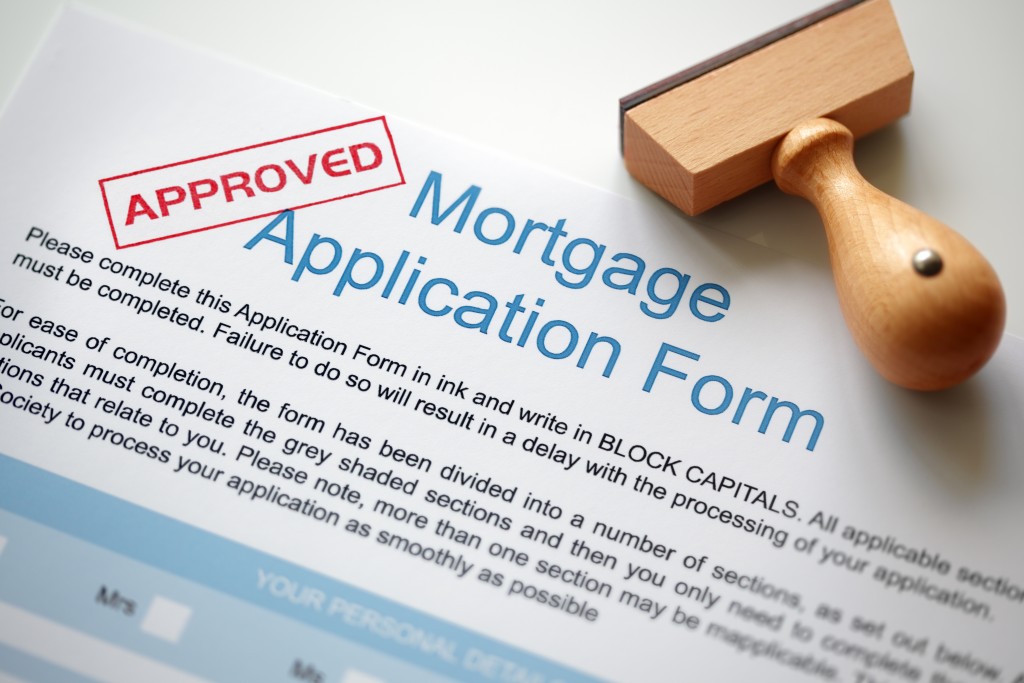Homeownership is peddled as the American Dream, but that dream is getting farther away from the average citizen’s grasp as housing prices continue to soar. Thankfully, there are still plenty of options to fund the purchase of a home that isn’t just setting aside money for the next hundred years. One such method is applying for a mortgage, but before that, aspiring homeowners need to get preapproved for one. Getting preapproved for a home mortgage loan is a crucial step to take on the path to becoming a homeowner. Here’s everything to know about mortgage preapprovals and how to apply for one.
What exactly is a preapproval?
A preapproval is used by lenders as a way to review prospective borrowers’ finances to see if they’re capable of willing and able to pay back their mortgage. This is different from pre-qualifying for a loan, which only tells the borrower how much of a mortgage they can expect to qualify for, whereas preapproval is needed to actually be granted the loan.
The lender will examine the following factors to be able to determine whether they’re eligible for preapproval:
- Credit score
- Employment record
- Credit history
- Income
- Debt-to-income ratio
- Liabilities and assets
Once it’s been established that the borrower is in a good place to take on a loan, then they’ll receive a preapproval letter. Receiving one will make closing the deal on their dream home much easier and hassle-free.

What’s required in order to get a preapproval?
Some lenders require different documentation and information, so it’s necessary to ask what special requirements are needed. But in general, there are only a few things that all lenders must ask for. The following are the required documents that a prospective borrower needs to present to the lender along with their application form:
- Proof of identity (U.S. passport, Social security card or number, driver’s license, etc.)
- Access to credit scores and credit history
- Proof of income and employment verification (pay stubs, tax returns, bank statements, etc.)
- Debts and assets (preexisting debts, investments, savings accounts, properties, etc.)
When is the best time to get a preapproval?
The best time to get a preapproval for a loan is the moment the buyer decides to begin their home search. This gives them the opportunity to learn how much they’re qualified to receive for the loan, and how much they can afford for the house. Around this time, it’s also recommended (but not mandatory) that the buyer has saved at least 10% of the down payment needed for the home, they’re financially stable and no longer paying any major debts like student loans.
Who should get a preapproval?
Any serious home buyer who needs to secure a mortgage to fund their purchase of a home should get preapproval. While it won’t necessarily guarantee that they’ll get a mortgage, it certainly makes the process much easier. Getting one bolsters a buyer’s credibility and trustworthiness and ensures home sellers that the buyer is serious and financially capable of buying a house and taking on a mortgage.
It also opens the door for more options when looking for prospective homes to buy, since it helps buyers plan accordingly for what they can afford with the mortgage they’ve been approved for. Furthermore, it expedites the loan process and ensures that the buyer will receive their results quickly after applying for a loan.
What are the steps to take when applying for a preapproval?
- Plan the approach. Figure out a budget that takes into account how much the house to be purchased is and how much can be paid toward the loan every month.
- Handle credit issues. Order a credit report and look for any errors or late payments. If there are any errors, they should be reported to the credit bureau so that they can be subsequently fixed. Late payments should be paid in full before the lender proceeds with the credit check.
- Prepare all documents. Gather all the documents needed (proof of income, credit history, debts, and assets) to be submitted to the lender.
- Shop for the perfect lender. Research different lenders and talk to prospective options, asking them as many questions as possible. It’s important to find a lender who is agreeable and has a fair rate. Don’t forget to gather more details about the process from the lenders, including how much annual fees, processing fees, prepayment penalties, and interest charges are.
- Compare loan costs. Before committing to one lender, find as many as possible and compare the different offers. Go with the one with the best repayment terms, loan costs, and interest rates.
- Apply for the loan. Fill out an application form, gather all documents, and submit all the necessary requirements to the lender, then wait for a response. Most lenders will reply within one to three days, but others may request for more documents or take a longer time to respond.
This is everything any home buyer needs to know about preapproval and how to get one. preapproval can help homeowners get slightly closer to their dreams of buying a home.

